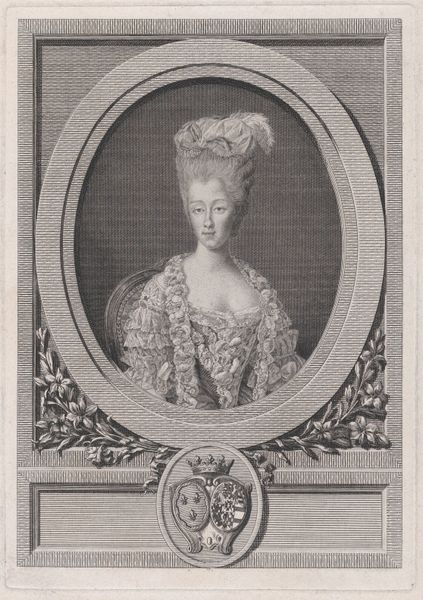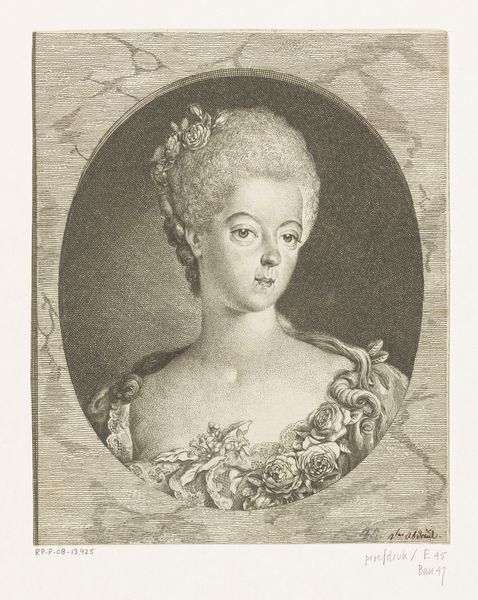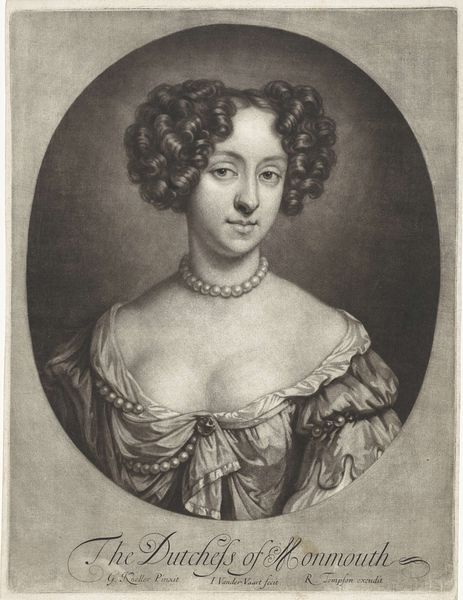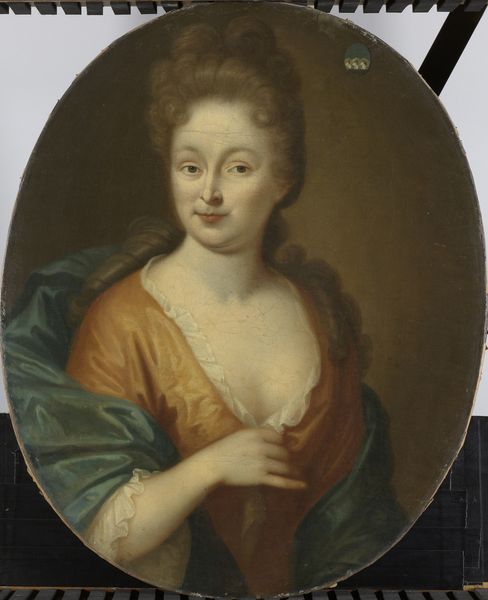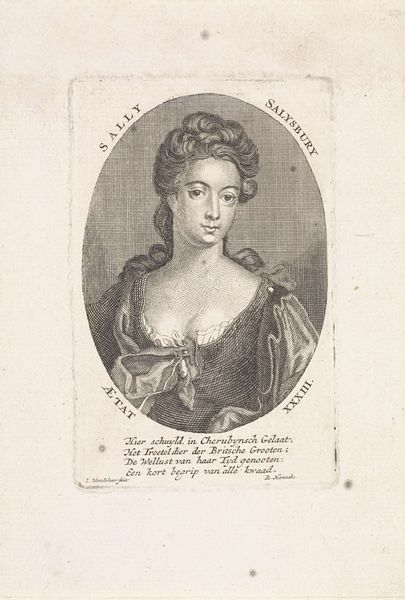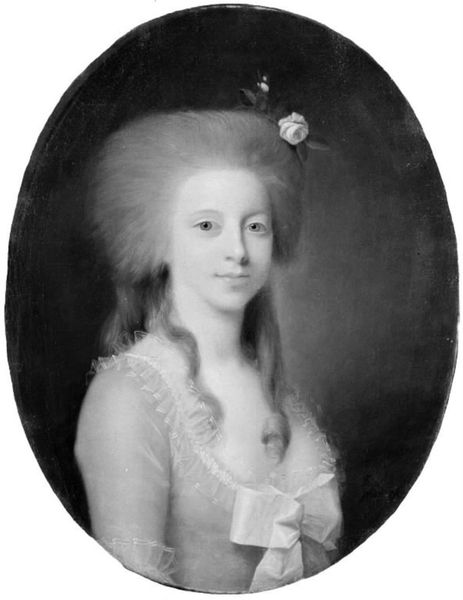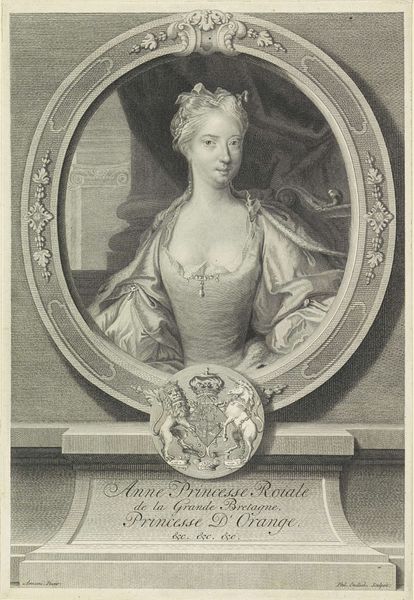
painting
#
portrait
#
painting
#
female-nude
#
black and white
#
nude
#
rococo
Dimensions: 2 7/8 x 2 1/4 in. (74 x 59 mm)
Copyright: Public Domain
Curator: Here we have a work titled "Diana," an intriguing portrait by Carl Friedrich Thienpondt, likely created between 1755 and 1765. Editor: It strikes me as incredibly delicate. The muted palette creates a certain ethereality, especially in contrast with what appears to be a heavily ornate frame. Curator: Indeed, that opposition is very revealing. Thienpondt was working in an era where art, even in portraiture, was tied to status and presentation. Notice the deliberate construction: she's nude, posed to embody the classical ideal, yet she also displays material wealth through the fine details of the frame and her luxurious attire. Editor: Precisely. What can you tell me about the materials and process used? The monochrome tones lead me to believe that this might be graphite and wash. How does this relate to Thienpondt's context and the societal perceptions of artistic skill? Curator: While we would need closer inspection to know definitively, the medium indeed looks to be drawing with graphite wash, on top of which pigment has been added. Employing drawing in portraiture moved the practice out of its prior association with more commercial reproductive art. The choice allowed artists a method to create more intimate portrayals, as a direct result of its delicate manipulation during application. The rococo sensibility is on full display, here too. Editor: I observe the softness of line, the way the figure is gently lit; she possesses a fragility reinforced by her slight figure, not necessarily idealized as strong goddess figure might suggest. This lends credence to your analysis about challenging artistic labor and presentation. How fascinating! Curator: Consider how the frame further plays with value. This opulent embellishment contrasts the intimate scene, thus accentuating its importance in a time of heightened status-conscious aristocratic patronage. Editor: It makes you contemplate her circumstances—how labor, consumption, and display shape how her narrative might be told and perceived now and in the future. Thank you. Curator: Yes, through materials and production, she gains another voice. Thank you, as well.
Comments
No comments
Be the first to comment and join the conversation on the ultimate creative platform.


